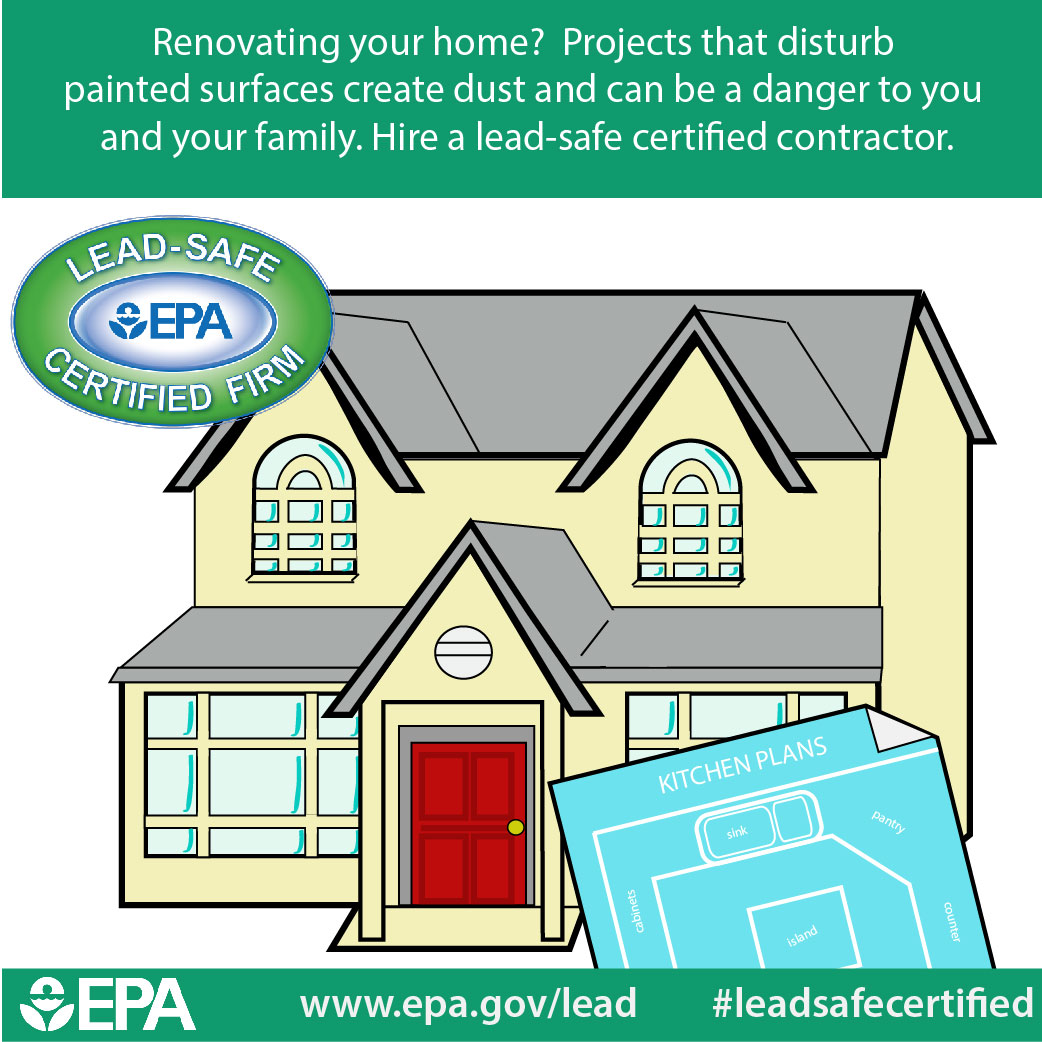The Relevance Of Weather In Commercial Exterior Painting: What You Ought To Understand
The Relevance Of Weather In Commercial Exterior Painting: What You Ought To Understand
Blog Article
Authored By-McNamara Dohn
When you're planning a business outside paint job, do not take too lightly the effect of weather on your results. You need to take into consideration aspects like temperature level, humidity, and precipitation, as they can make or break your paint work. As an example, did you recognize that optimal conditions require specific temperature varieties and moisture levels? Failing to keep an eye on these elements can lead to unequal coatings or even damages to fresh paint. Comprehending these aspects is essential to achieving a lasting, expert result. So, what certain weather conditions should you be wary of?
Temperature level Considerations
When it comes to business exterior painting, temperature plays an important role in the outcome of your job. If you're repainting in extreme heat, the paint can dry also rapidly, resulting in issues like bad adhesion and unequal coatings. You intend to aim for temperature levels between 50 ° F and 85 ° F for the best results. Below painted garage , paint may not treat appropriately, while above 85 ° F, you risk blistering and cracking.
Timing your project with the appropriate temperature levels is crucial. Start your job early in the morning or later on in the mid-day when it's cooler, specifically during warm months.
Also, take into consideration the surface temperature level; it can be substantially more than the air temperature level, especially on sunny days. Use a surface area thermostat to inspect this prior to you start.
If temperatures are unforeseeable, watch on the weather report. https://www.tasteofhome.com/article/tiktok-painting-hacks/ decreases or heat waves can thwart your plans. You don't want to begin painting only to have the conditions alter mid-project.
Humidity Degrees
Moisture levels substantially impact the success of your industrial external paint project. When the moisture is too high, it can impede paint drying and healing, leading to a series of concerns like bad adhesion and complete quality.
If you're intending a task throughout wet problems, you may find that the paint takes longer to completely dry, which can prolong your job timeline and rise expenses.
On the other hand, reduced humidity can additionally position obstacles. Paint may dry out as well promptly, stopping appropriate application and resulting in an irregular coating.
You'll wish to monitor the moisture levels closely to ensure you're functioning within the perfect variety, commonly between 40% and 70%.
To get the best outcomes, think about making use of a hygrometer to gauge moisture prior to starting your task.
If you find the levels are outside the ideal array, you may need to change your schedule or choose paints created for variable conditions.
Constantly speak with the manufacturer's guidelines for particular referrals on humidity resistance.
Rainfall Influence
Rainfall or snow can dramatically interrupt your industrial outside painting plans. When rainfall takes place, it can remove freshly applied paint or develop an irregular finish. Ideally, you intend to choose days with completely dry climate to make certain the paint sticks properly and cures properly. If you're captured in a rain shower, it's best to stop the job and wait on conditions to boost.
In addition, snow can be much more destructive. Not only does it create a damp surface area, however it can also reduce temperatures, making it hard for paint to dry. This can lead to issues like peeling or blistering down the line.
It's crucial to inspect the weather prediction before beginning your job. If rain or snow is anticipated, take into consideration rescheduling.
Constantly bear in mind to allow sufficient drying out time between layers, particularly if the weather continues to be unpredictable.
Conclusion
Finally, keeping an eye on the weather condition is necessary for an effective commercial outside paint task. By checking temperature, moisture, and rainfall, you can make sure the most effective problems for application and curing. Remember to plan your job around beneficial weather and constantly adhere to producer standards. With the ideal method, you'll accomplish a lasting, stunning coating that can withstand the elements. Don't allow the weather condition catch you off-guard-- stay educated and repaint wise!
